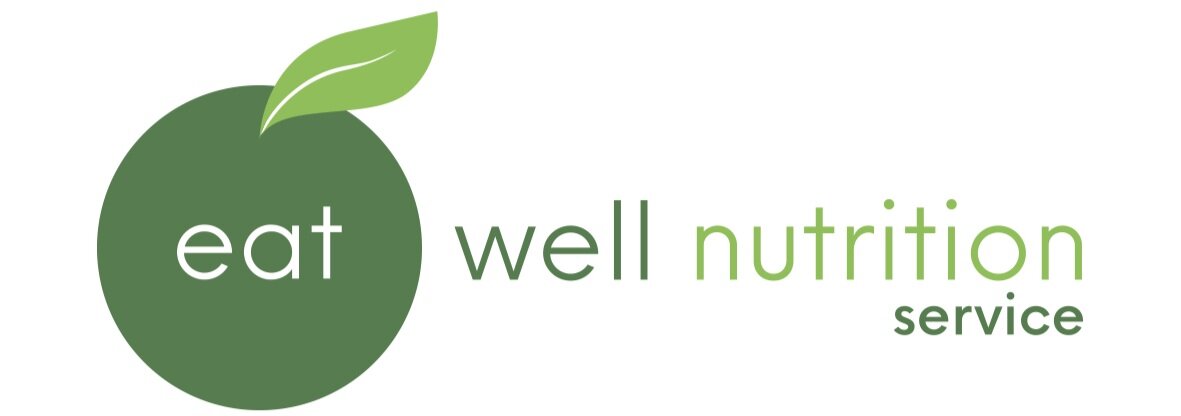Nutrition in Aged Care: Professional Development Update
At Eat Well Nutrition, our Dietitians are continually updating their knowledge and skills in aged care nutrition and dietetics to ensure the best results for our clients.
The recent residential aged care interest group event, “Caring for the older person – the changing face of dietetics, now and in the future”, provided a great update on what Dietitians and other professions are implementing to improve nutrition and hydration of older people.
Some of the highlights included:
An occupational therapist turned Dietitian encouraged participants to consider the functional capabilities of residents that may impact their nutrition, and the many adaptive devices available to ensure independence during meal times is preserved.
Recent studies suggest that those with BMI 25-32 have the lowest mortality rates and those with a BMI <22 have the highest, even when smokers are excluded.
The implementation and effectiveness of implementing a high energy, high protein menu in aged care facilities and hospitals was discussed, with the goal of reducing the need/reliance on oral nutritional supplements. This is consistent with the aims of Eat Well Nutrition Service.
The provision and compliance of prescribed oral nutritional supplements in aged care is poor, with one study finding only 46% were given to residents and 68% of these were consumed. This highlights the need for a good high energy high protein menu and less reliance on oral nutrition supplements.
Simple initiatives such as serving meals on a grey tray for those who require set-up assistance and serving red meal trays for those who need feeding assistance, are effective ways of improving nutritional intake.
A GP presentation on the challenges in general practice to identify and treat malnutrition in older people. Time and willingness to impress the GP were found to be barriers, and the importance of a nutrition screening tool to be used in general practice was discussed.
Evaluations prove malnutrition screening tools to be used in older people in the aged care or the rehabilitation setting are useful in identifying those at risk, as well as prioritising a Dietitian’s work load.
Lastly, looking to the future, the use of social media was highlighted – something we have embraced at Eat Well Nutrition with our newsletters, facebook, twitter and you-tube educational videos.
Overall the study day was a valuable update on nutrition in aged care and reinforced the effectiveness and importance of best practise strategies currently employed by Eat Well Nutrition Dietitians.
